Sidebar
Main Menu
Visiting the Old Country of Friesland, What We Learned
Our ancestry tour of the "old country," Friesland, is a picture of humble beginnings that belies the perseverance and ingenuity of the Frisians in their constant battle against the North Sea.
My husband has been into genealogy ever since I met him. He and his cousins have traced their family tree back 200 years. Our surname is Elzinga, which is a Frisian last name. His family is from Friesland, the northern most province in the Netherlands . If you've never heard of Friesland, you are not alone!
What We Will Cover:
Where is Friesland?
Friesland is on the northwest corner of the Netherlands, west of Groningen. Most of Friesland is on the mainland, but it also includes Wadden Sea islands Ameland, Vlieland, Terschelling, Texel, and Schiermonikoog. The islands are accessed by ferry.
Friesland would be the largest province in the Netherland if including areas of water. In terms of land mass, it is the third largest province.
The Province of Friesland is one of the most sparsely populated provinces of the Netherlands. Its density is half that of the country as a whole. It remains pastoral, mostly known for its lakes, wide-open spaces, and general peace and tranquility. If you are looking for a quiet place, not overrun by American tourists, you found your spot!
What is the Wadden Sea?
The Wadden Sea is a shallow estuary area along the coasts of Denmark, Germany, and the Netherlands, separated from the North Sea by small islands and sandbanks. The total coastline is about 500 kilometers or 310 miles.
The Wadden Sea was formed in the 14th and 15th centuries by massive storms and subsequent land erosion. Today, it has the most extensive unbroken intertidal sand mudflats in the world, becoming a UNESCO World Heritage site in 2009. The Danish part became one in 2014. Its name comes from the Dutch word "wad," which means mudflats.
Are Frisians Dutch or German?
The Frisians are a Germanic ethnic group indigenous to the coastal parts of the Netherlands and northwestern Germany. They hail from Friesland and Groningen and, in Germany, East Frisia (German for Friesland) and North Frisa (part of Denmark until 1864). The language is generally West Germanic, but North, East, and West Friesland (Dutch Friesland) each speak a different dialect not understandable to the other.
North, East, and West Friesland were one region at some point in history but split up in the 15th century. The North went to Denmark; East Frisa went to Germany and the West to the Netherlands.
West Friesland became the Province of Friesland. It became part of the Netherlands in 1580 and a full member of the House of Orange-Nassau in 1648. The Netherlands became the Kingdom of the Netherlands in the 1800s.
Ubiquitous Traders of the North Sea
The Frisians were the ubiquitous traders of the North Sea. At some time after the fall of the Roman Empire, Frisian kings controlled the entire coast of Netherlands, parts of Belgium, and Northern Germany.
Charlemagne conquered them in the 770s and they never achieved prolonged independence since. Despite the golden age of the Dutch in the 16th and 17th centuries, the Frisians remained in the background. It seems that the Frisians preferred their agriculture, livestock and barges rather than being warlords.
Floods, Terpene and Dikes
Most know that a third of the Netherlands lies below sea level. The lowest point is about 22 feet below sea level. Friesland is, on average, about 50 feet above sea level.
The country has a 280 mile North Sea coastline and sits at the mouths of three rivers, the Rhine, Schelde, and the Meuse. Floods started as early as 838 AD, so tides, flooding, and storm surges were a constant battle in the Frisian life.
Flooding was frequent, but destructive ones occurred several times a century. This devastation to lives, livestock, and property forced the Dutch to find solutions to flood prevention. The Dutch have had 2000 years of flood prevention experience, but the Frisians were at the forefront of flood control, going back to 500 BC.
The Frisians were the first to build a terp or terpen (Frisian) or weirder (Dutch). Before dikes, terps or mounds or human-made hills provided safe ground during a storm surge. These artificial hills were as high as 15 meters (49 feet) and higher depending on the flood surge. The first terpen build-up period dates to 500 BC. Terpen multiplied and clustered with other terpen, creating villages, which is what the word terpen means.
By the end of the 18th century and the 19th century, terps became fertilizer for farm fields. Terpen soil was so fertile with decayed material from rubbish and personal waste deposited by inhabitants over centuries. There are roughly 1200 terps recorded in Groningen and Friesland. They range from abandoned settlements to mounds with only one or a few farmhouses, to larger villages and old towns.
The Frisians started to build dikes at about the same time as terps, but they were small embankments using local materials. By the 1000s, the Frisians went on the offensive to reclaim the land out of the sea to build dikes. Many terps were enclosed by walls, sometimes called polders.
By the 1100s, large parts of Friesland were protected by dikes. The early dikes were small scale structures to block streams. Dike is a Dutch word that originally meant bank of a body of water. By 1250 to 1500, dams were more large scale made of wooden fences. Stone, imported from Norway and Belgium were used to reinforce dikes in the 1800s. From the 1900s and on-wards, concrete blocks were introduced.
With the dams, came the windmills which started appearing in the Netherlands in 1200 AD. Windmills were used to push water outside of the dikes.
Windmills did not originate in the Netherlands, but they became symbolic of the Dutch. At one point in history, the Netherlands had 10,000 windmills. Today, there are about 1000 windmills, 40% of which are drainage windmills.
There were many devastating floods in the Netherlands over the centuries. Each major flood brought about a shift in flood protection changing the country's landscape many times over the centuries through reclamation.
The last major flood was the North Sea surge of 1953. It caused the loss of 1800 lives (Belgium and U.K lost hundreds of lives), animals, and property. In the Netherlands, the Delta Works came into being. It is a system of dikes, storm surge barriers to protect low-lying areas against flooding. It is a never-ending and ongoing process. The Dutch believe that they improved their chances of a major flood to once in 10,000 years, and in Friesland (and less populated areas), once in 4,000 years.
The Elzingas
The Village of Blije
The last known place where my husband's ancestor lived before emigrating to America is in the small village (population 860) of Blije, north of the capital city of Leeuwarden.
The first Elzinga in my husband's family to emigrate to America was a Klaas Elzinga, who was born in Blije and lived there until his departure. He emigrated to America with his mother, Ynska, in 1867. Klaas is my husband's great, great grandfather. Two brothers and their families followed several years later in 1890. They emigrated to Holland, Michigan.
Their father Maarten, who died at the age of 58 in 1864, was registered as a shoemaker in the village. He was married to Ynske Folkertsma. Ynska was born in Blije. She met Maarten in Holwerd, and they both moved to Blije once they married. Maarten's mother, Sjoerdtje Martens was born in Holwerd. Maarten's father, Dirk Geerts was born in Drachten. Both Dirk and Sjoerdthe lived in other towns but eventually moved to Holwerd. Dirk was a linen weaver until his death. The business went to the new husband of Sjoerdtje.
Klaas appears in an1880 census for Holland, Michigan. He married Trientje De Jong and had six children. Although he married in America, his wife was an immigrant from Friesland.
Ynske, the mother, remarried a man from Groningen, Jacob Achterhof. She had no children and died in 1891 at the age of 86.
Surnames
Frisian surnames are distinct. Dutch surnames ending in -a-, -stra- are typical. The extension for Elzinga, -inga- is also Frisian and is one of the oldest surnames in Friesland.
Most people then did not have official last names but were identified as the son of their father. Sometimes, they took the name of the town or work profession or their first name.
Later, Napoleon established the Napoleonic Code in the early 1800s in all of his territories. The Napoleonic Code was a process that mandated each person have a last name. After the fall of Napoleon, the Dutch adopted the same system.
The name Elzinga comes from the first name Elso or Elze i.e., Elzinga is the house of Elze and his family. In Friesland, this name was adopted by shoemakers at name taking, regarding an awl (Dutch: els), which is a tool used to make holes in leather straps.
The spelling of surnames can vary i.e., Elzinga, Eising, Elzinger. Although similarly spelled, there is no family relation.
Not all Elzingas were shoemakers. A brother of Klaas had a chicory factory. In those days, chicory was a popular product as a substitute for coffee, given the wars and blockades in the early and late 19th century. Other siblings were laborers.
Why the Vast Dutch Migration to America?
It is unclear why the family emigrated. But, the late 19th century was a period of poverty or blight. Religious freedom was another reason concerning the Dutch Reformation split with the Protestant Church.
Frisian and Groningen emigration occurred in three waves. The very first one was in1845. The early immigrants moved to the more established cities in America, like New York and Chicago.
A second wave, which was the most significant wave, occurred in the 1860s. Agriculture was in decline, and there was a fear of war in Europe. Friesland, in particular, was a large grain and dairy producer in Europe, and they were feeling the competition from America.
Immigrants in this wave settled in the younger cities, where more land was available. Immigration to Michigan, Illinois, and Iowa was in this wave. Klaas Elzinga was in this wave.
The third wave was in the 1880s with immigrants from Groningen and Friesland. The reason for the departure was poverty.
Immigration continued steadily until the early 1900s and started up again after WWII.
Around Friesland
Ameland Island
A paternal great-great-great-grandmother (Sjoertjen Martens) is said to have come from Amerland Island. Ameland is one of the five islands on the Wadden Sea. Upon her marriage to paternal great-great-great-grandfather (Dirk Geerts), they had moved from the island to Holwerd.
We visited Ameland Island. The island is about 28 kilometers long, 5 kilometers wide at its widest point, and has 3,500 residents spread over four villages -- Hollum, Ballum, Nes, and Buren. Nes is the island's "city" center. The largest community on the island has about 1200 residents. It has the best of both worlds- historical houses and new shopping areas.
How To Get There?
From the Hague, we took a train to Leeuwarden. At Leeuwarden, our ancestry guide, Jaap, picked us up for the tour and deposited us at the harbor at Holwerd. Buses are available from the Leeuwarden train station to and from Holwerd.
We took a 45-minute ferry ride to Nes, on Ameland. Your tickets on the ferry or the buses on the island are a round-trip ticket, so you don't need to purchase a return. We learned this the hard way!
The boat followed a dredged channel on the Wadden Sea. Don't be surprised to see the ferry loaded with the bicycles of passengers. There are few cars on the island, but rarely driven.
There are 100 kilometers of bicycle paths, so getting around is easy. For those of you/us, who haven't biked for a while, there are buses, or you can walk.
What is there to do in Ameland Island?
With the North Sea bluster, don't expect a Florida beach experience.
The average temperature is about 50 degrees Fahrenheit. The best time to visit is mid-May to mid-September. Unfortunately, we were a little early (early May), and it was cold, rainy, and windy for most of our stay. We had one day of sunshine, and it was delightful.
The North Sea beach is wide and the shore, long. We saw an oil rig or two, but the beach was clean, somewhat desolate, given the early season.
Dutch locals and Germans frequent the islands. There are very friendly apartments/hotels or bed and breakfast facilities in Nes. The restaurants we found were excellent. It's a modern island with charming shops and a few historic houses and a church.
At low tide, a boat can take you to walk the mudflats on the Wadden Sea. It's like being at the bottom of the sea without the water. The seabed was mostly a shell and algae bottom. Unfortunately, it was cold and rainy, so not ideal for even exploring the area where we were.
Mudflat hiking or walking are popular activities. It is sometimes called Horizontal Alpinism. Hikers go through layers of mud to explore the marine ecosystem from the dikes and areas in the Wadden Sea. These hikes are professionally guided and take about three hours, and sometimes, you can come face to face with some seals!
Enjoy the Pastoral Scene
On Ameland Island, you can take long walks through the dunes and along the beaches, or bike, and wander through the village, and enjoy the peace of nature areas.
You will see traditional houses from the 17th century called "kop-hals-romp boerder" or literal translation of head-neck-body farm. The house is the head, and the barn is the body. Homes were attached to barns so animals could help heat the house.
Frisian cow?
You will remember that Friesland is dairy production now in Europe. The iconic black and white cows originated from Friesland (called Holsteins in the U.S.) The Holstein-Frisian cow is known for its outstanding milk production, which is around 9 gallons per day during the standard lactation period of 305 days. In centuries past, Holland was the largest dairy producer - milk, cheese, and butter. These cows were brought to the U.S. by immigrants on ships. The story goes that a Massachusetts man named Winthrop purchased a cow from a Dutch sailing ship to provide fresh milk for his crew during a voyage. Impressed with the cow's milk production, he imported several more cows between 1857-61. The rest, as they say, is history.
Ice Sports
Friesland is known for ice sports. One of the most popular is the Elfstedentocht. It is an 11 city ice skating race, which happens only when all the water in and through the canals in the 11 cities are frozen.
Each participant who finished the 200-kilometer race receives a Maltese bronze cross. About 16,000 participants join the event. The ice on the canals has to be thicker than 15 centimeters, so the race does not happen every winter.
Elfstedenbrug is a monument for skaters who have completed the race. The memorial is the last bridge in the 11 cities before reaching Leeuwarden. There are over 7000 skaters shown on the monument.
Comfort Food
A dish we tried in Friesland is called "pfankuchen." Don't try to pronounce it, but is a crepe-bacon-apple dish that has become a favorite. A friend of ours, Helen, who is from Ameland, made it for us in Lyon last summer.
Cook a strip of bacon in a pan, then add crepe mix (from scratch). Flip crepe when cooked. Add apple slices, and garnish with cheese. Pour light molasses over the crepe and eat, or devour, as the case may be.
It is not a breakfast dish. We had it for lunch, but you can have it for dinner. In essence, its a dish you have the "hankering" for.
In Friesland (and the Netherlands), don't forget to try the french fries. Chips, as they call fries, are dipped in mayo, not catsup. I don't frequently eat fries, but the chips I tried in the Friesland train station were worth the extra calories.
I hope you enjoyed our mini-ancestry tour to Friesland. It is not a location tourists would typically pick, but it was nice to see where locals go. The old Frisian life was challenging and humbling. Better understanding of what they went through gives you an appreciation for their foresight in seeking a new life in America
When you subscribe to the blog, we will send you an e-mail when there are new updates on the site so you wouldn't miss them.

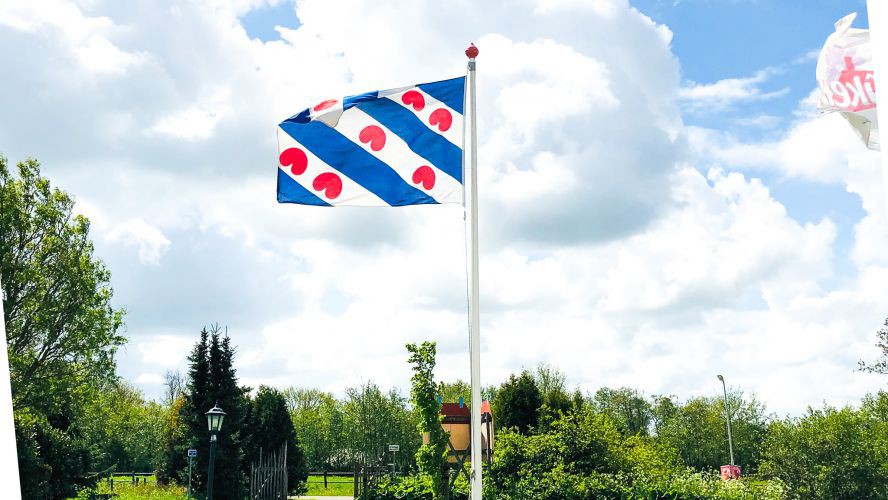
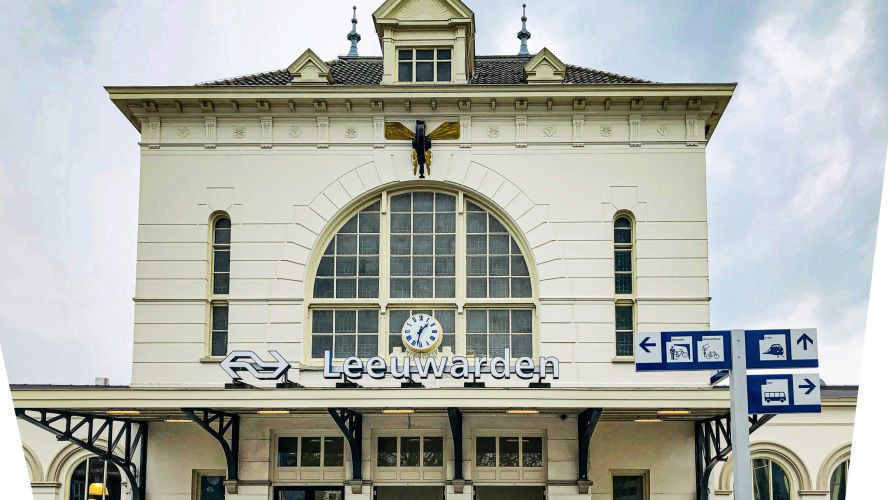
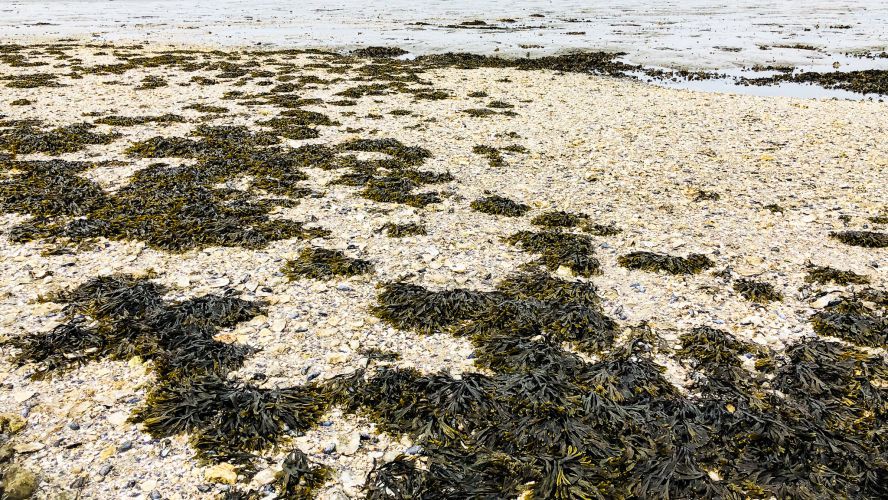
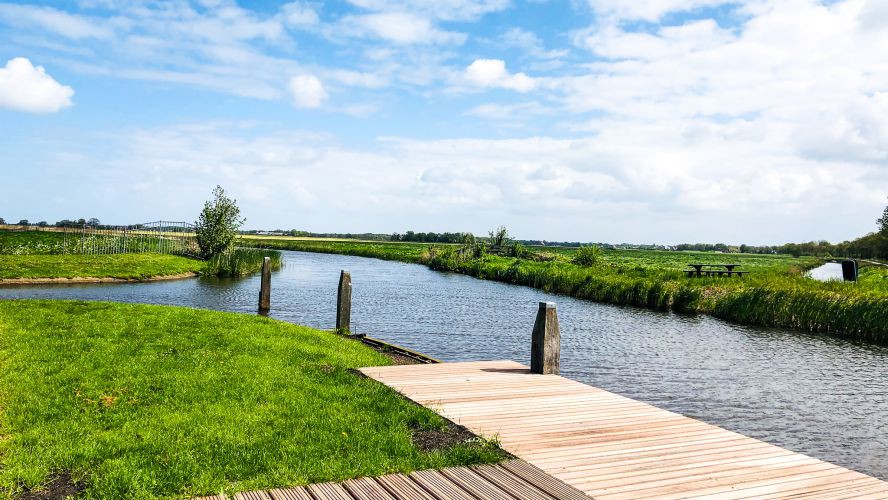
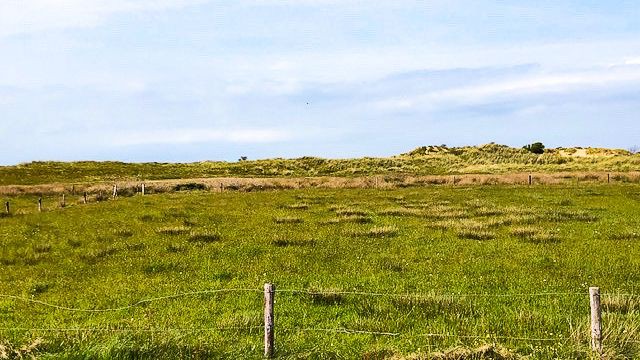
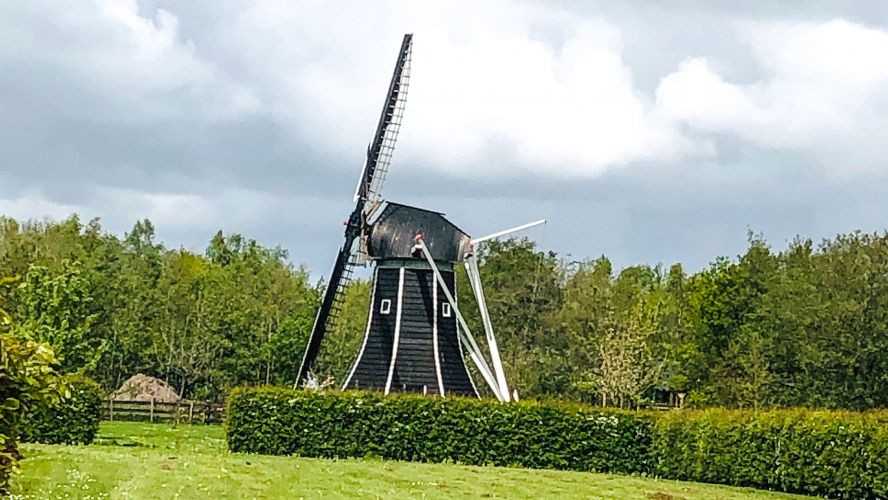
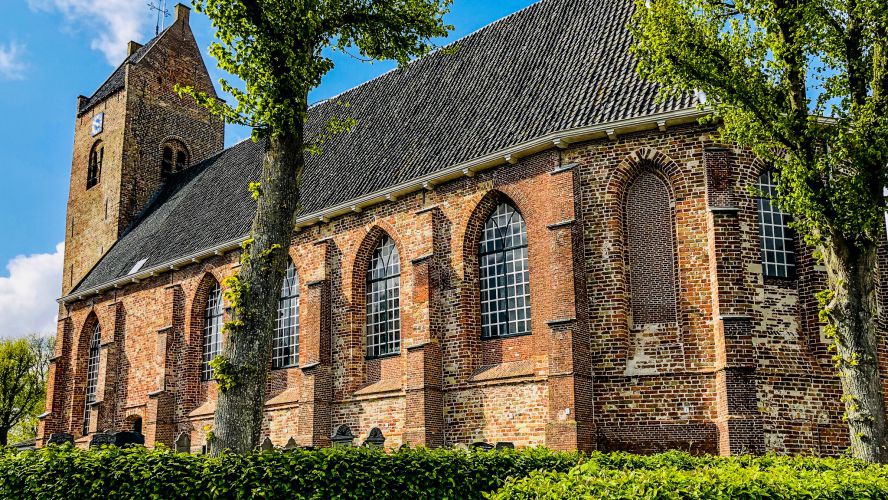
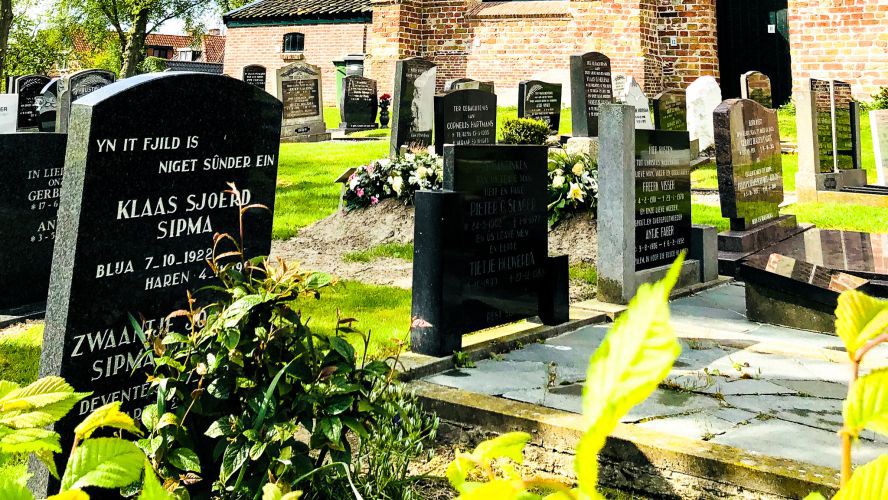
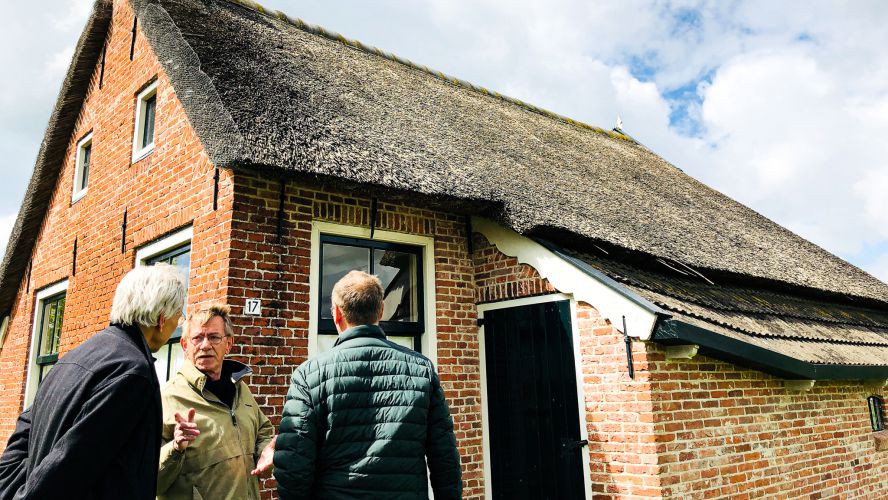
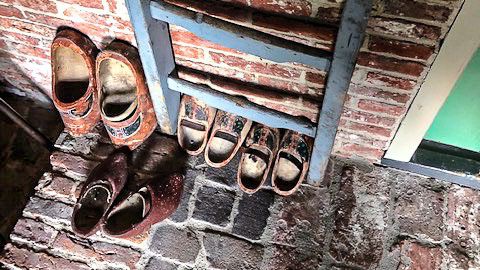
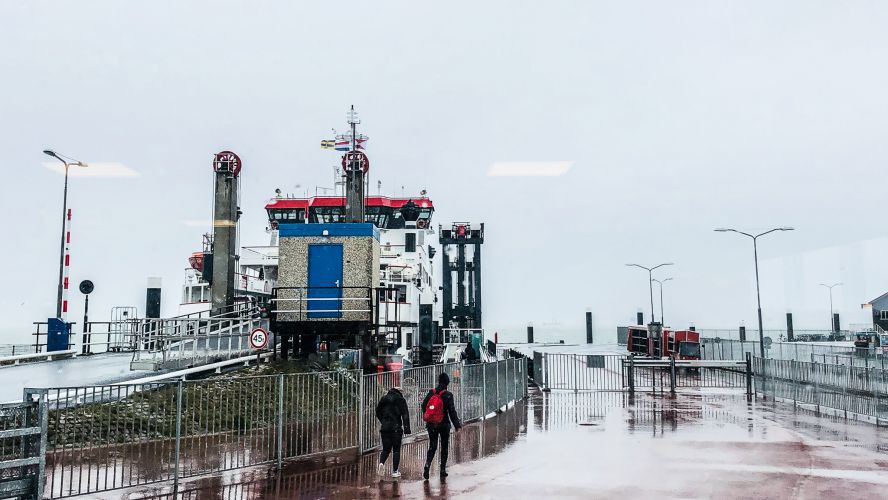
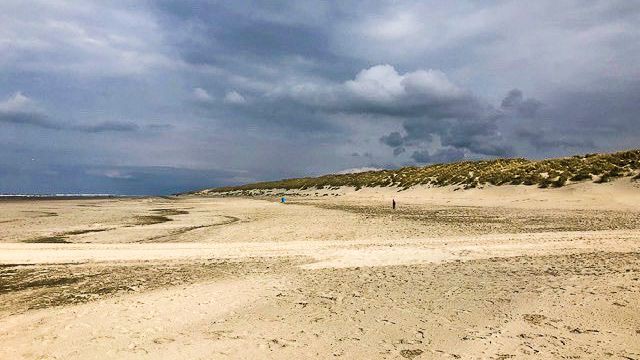
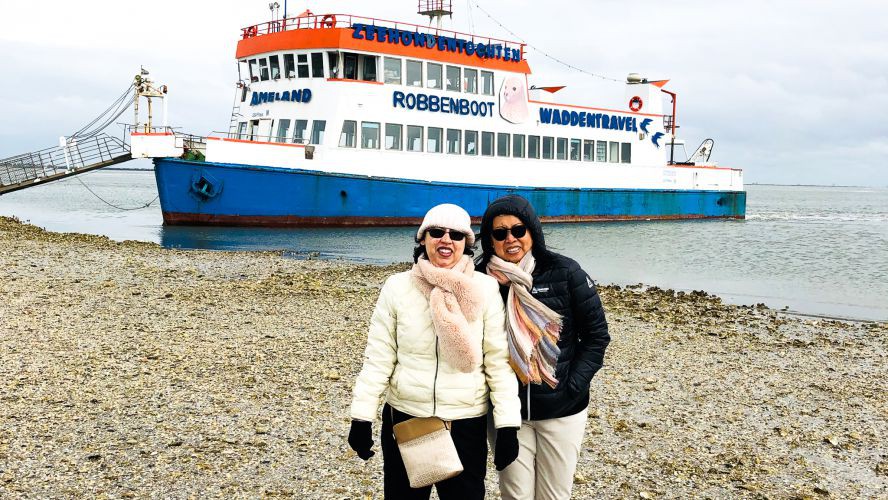
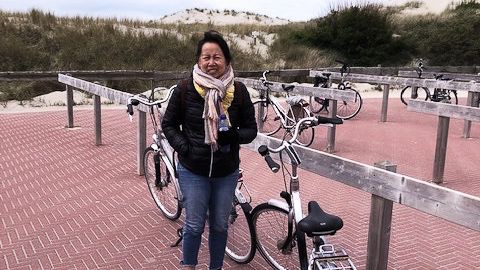
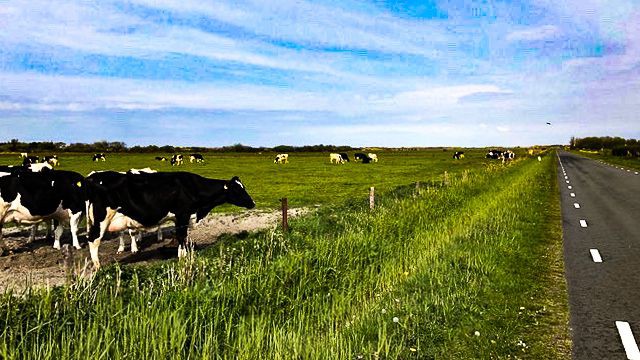
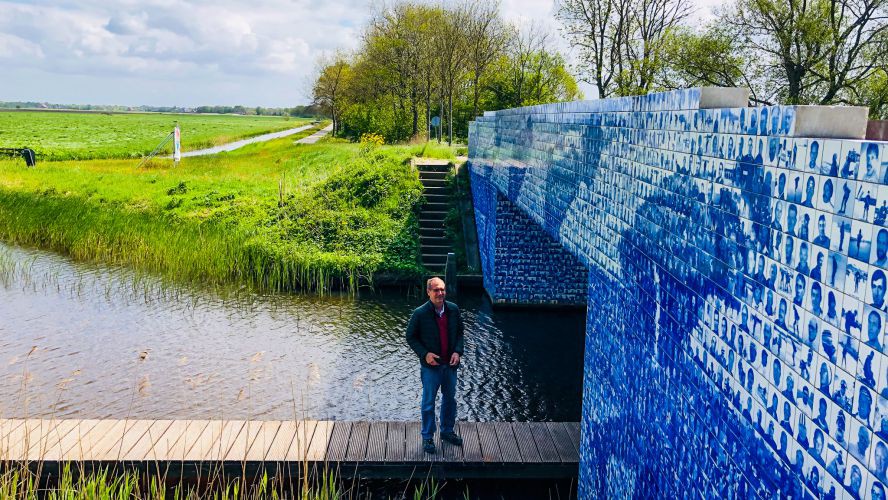
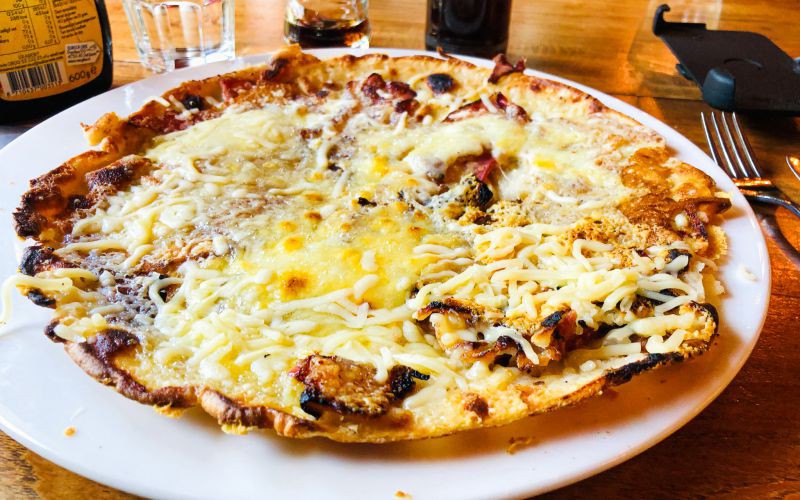
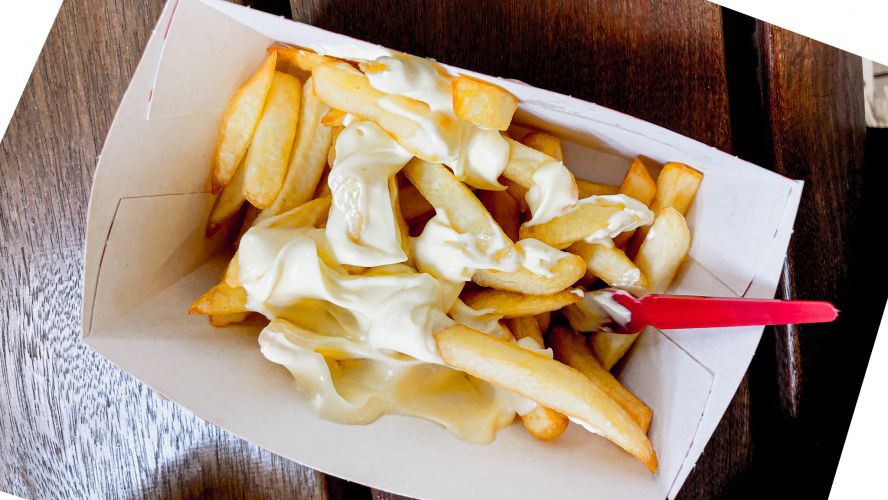
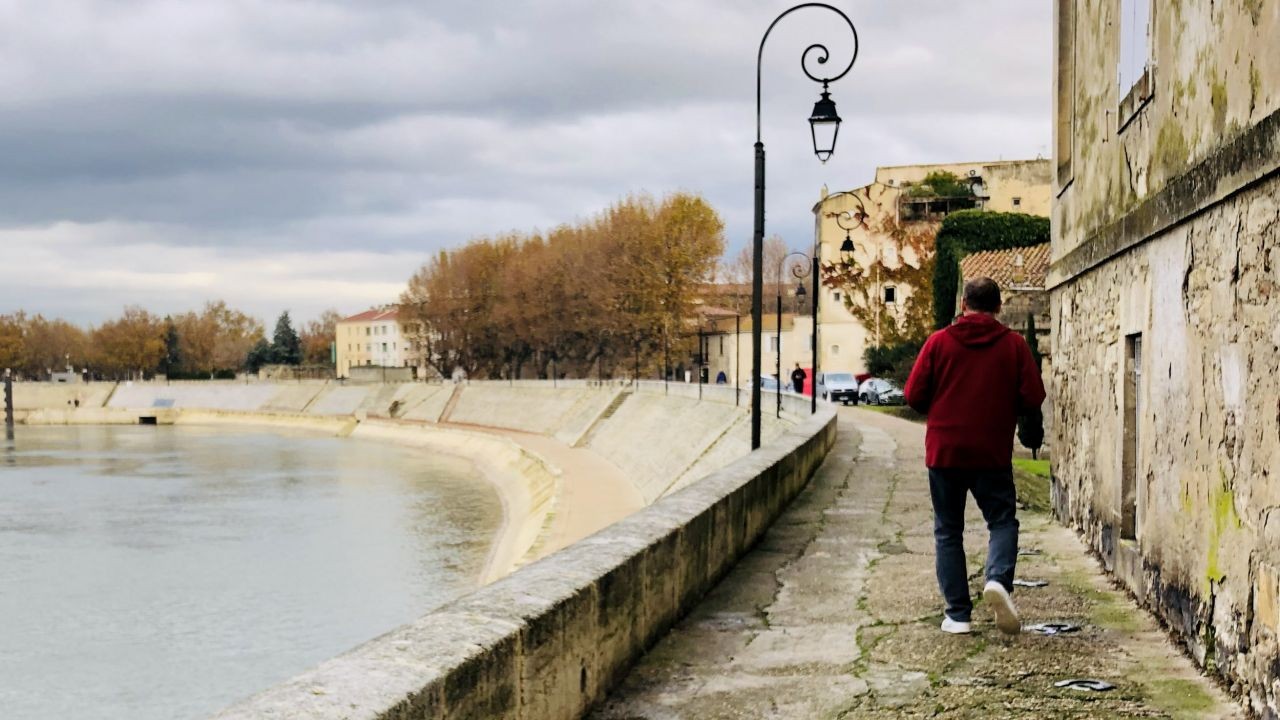
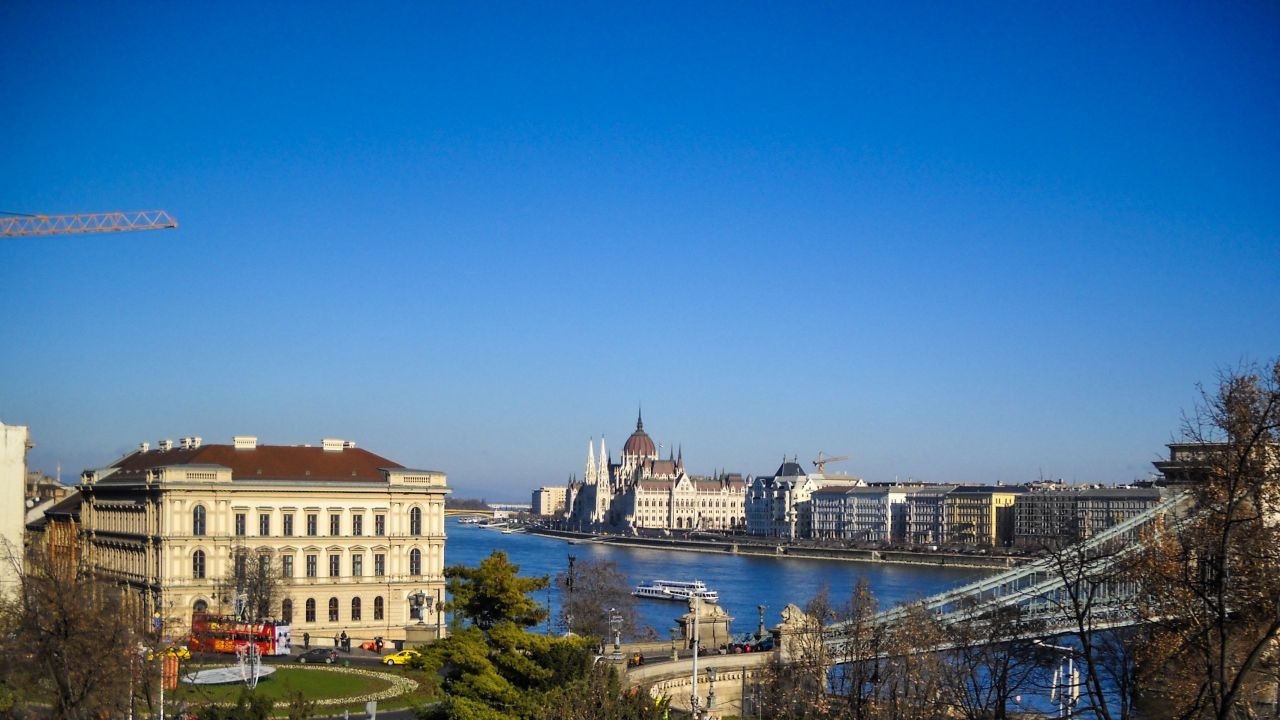

Comments 1
My great great grandfather Hemke is Klaas's brother, it was so exciting to read more about the Elzinga family. My grandma was an Elzinga, her father was also a Hemke, James. What else do you know about the family?